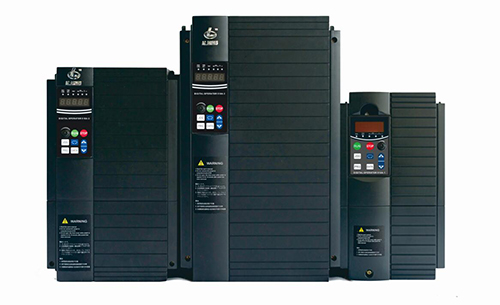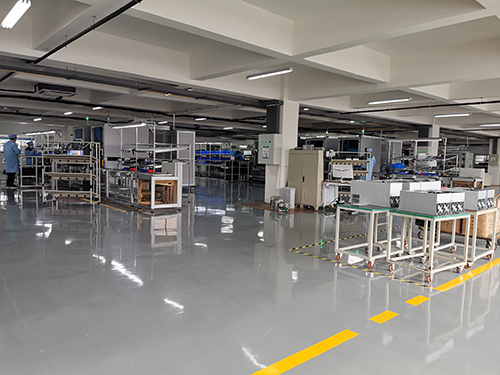What is the main function of a frequency inverter?
The frequency inverter is an indispensable member of the industrial automation product family and serves as a foundation for advanced technological applications and product development. Its role and functionality have now become highly refined and mature. By applying frequency conversion technology and microelectronics, it can supply the required power voltage to electric motors based on their actual operational needs. So, what are the main functions of a frequency inverter?

The four main functions of a frequency inverter are as follows:
1. Energy Saving
The energy-saving capability of frequency inverters is particularly evident in applications such as fans and pumps. After adopting variable frequency speed control, energy savings for fan and pump loads can reach 20% to 60%. This is because the actual power consumption of these loads is roughly proportional to the cube of the motor speed. When the required average flow is relatively low, reducing the speed through frequency conversion significantly enhances energy efficiency.
2. Soft Start
Frequency inverters provide a soft start function. During a direct start, the instantaneous current of a motor can be 6 to 8 times its normal operating current, while reduced-voltage starting still results in 4 to 5 times the current. Such starts impose severe impacts on the power grid and require high grid capacity. In contrast, frequency conversion speed control enables the motor to start with current beginning at zero and rising to a maximum that does not exceed 1.5 times the inverter’s rated current. This greatly reduces impact on the grid, lowers power supply capacity requirements, and extends equipment service life.
3. Automation
Equipped with 32-bit or 16-bit microprocessors, frequency inverters offer output frequency accuracy as high as 0.1% to 0.01%. They incorporate comprehensive detection and protection mechanisms, along with multiple arithmetic logic operations and intelligent control features, making them widely applicable in automation systems.
4. Protection Functions
During operation, equipment is often subject to various unpredictable factors that can lead to failures and damage. To ensure the safety of internal components, frequency inverters are equipped with multiple detection and protection features. Modern inverters are highly intelligent and include protection against overcurrent, overvoltage, overload, and other abnormal operating conditions.

Through the above introduction to the "main functions of frequency inverters," we hope you have gained a clearer understanding. Nanjing Oulu Electric Co., Ltd. is dedicated to the R&D, production, sales, and service of frequency inverter-related products. We provide customers with high-quality products and solutions, supported by a full range of services including installation, commissioning, operational maintenance, technical upgrades, and remote data analysis.